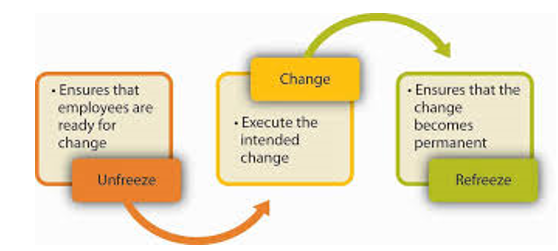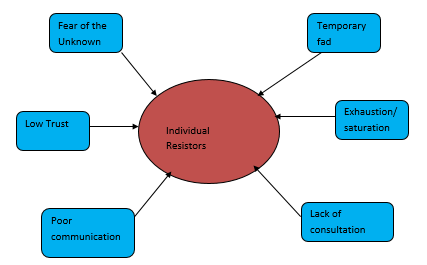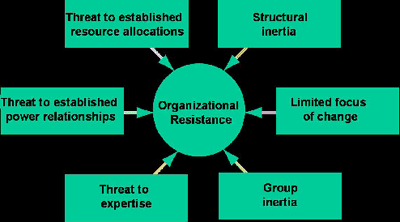Case summary
- JC Penney is an American departmental store.
- It is a middle-range chain of stores.
- James Cash Penney was the initial founder of this organization.
- The chain store was incepted in 1902.
- The Golden Rule was used by the co-founders to allocate shares in the ownership of the chain store.
- Thomas Callahan and Guy Johnson were also the co-founders of the company.
- The chain store initially stocked clothes and dry goods.
- The store rapidly grew into several chains in the United States.
- When the larger share of the store was taken by James Penney in 1913, the name of the chain was changed to JC Penney. The ‘Penney Idea’ was also drafted at the Salt Lake City by partner members.
- The ‘Penny Idea’ was simply the business guidelines and principles that were to be adhered to in the course of operations.
- After the adoption of the new business ideas, managers gained more control of the sales made in every store. Besides, the departmental chain stores continued to witness vast growth across several locations in the United States.
- The above led to the decentralization of the merchandise system.
- Advertising was also improved across the nation.
- To revive the performance of the chain, Vanessa Castagna assumed the position of Chief Operations Officer.
- On the same note, the newly appointed Chief Executive Officer was Allen Questrom.
- Castagna was well endowed with a merchandise expertise background having held prestigious positions in previous employment portfolios.
- By 1964, the chain store was worth about $2billion. This was an impressive growth metric and hence, there was a need to revamp its performance.
- However, the JC Penney Company later changed into a rigid work environment. A watchful “band of Police” was used by the chain store to enhance security. A competitive compensating reward plan was introduced by the chain store to boost the morale of the employees. Creativity and innovation were crashed by the formal culture. Employees were also not allowed to share ideas freely.
- Ullman’s appointment as the new Human Resource chief led to several positive changes at the organization. For example, the dress code was relaxed. The office police were also disbanded.
- Capacity building and training were introduced by Ullman. A more democratic, participative, and comfortable working environment was created with the entry of Ullman as the chief HR officer.
- Both the superiors and co-workers started associating closely. New security badges were issued to employees. Respect and dignity were enhanced in the workplace. The Winning Together Principles (WTP) was adopted by the chain store to boost the performance of all employees.
- Between 2007 and 2009, JC Penney announced plans of expanding to over 50 additional branches due to the expedited growth rate.
What are the key change management events in this case study?
The first change management event that took place at JC Penney was the majority share acquisition of the chain store by James Penney in 1913. This was followed by the change of the company’s name to JC Penney. Second, the adoption and subsequent execution of the “Penney Idea” at the Salt Lake City marked a major change event at the organization. New rules and operation guidelines were adopted. Third, the decentralization of the merchandise system was yet another major change management event that the company adopted to increase managerial control over the sale of products.
Finally, the entry of Ullman as the Chief Human Resource officer led to a raft of changes at JC Penney. For instance, the corporate culture was completely overhauled. Minimal use of surnames to address seniors was embraced. Close cooperation and knowledge sharing among employees was also enhanced. Capacity building, training, and talent management were introduced in the company for the first time.
How does Lewin’s 3 Step Model help to explain the phases of change in this case study?
From the chart below, it can be seen that employees should be ready to accept change before the change process is introduced (Nastase, Giuclea & Bold 2012, p. 12). Before the entry of Ullman, employees were indeed ready for change because they were highly unsatisfied by the oppressive working condition. Second, the anticipated changes should then be implemented (Nelissen & Martine 2008, p.310). This is the same thing Ullman did when he overhauled the unpopular corporate culture of JC Penney. The last step entails refreezing the change process by ensuring a lasting impact of the adopted changes (Mullins 2013, p.65).

Chart the organizational and individual resistors to change in this case. How was change managed to address these?


To address these resistors, the change process was introduced gradually alongside the full involvement of the employees. The needs of customers and other stakeholders were also taken into account before executing any change process (Newman 2007, p.72).
How would you define leadership in the organization – before and after the change process?
The leadership style at JC Penney completely changed from autocratic to democratic. For instance, both the senior and junior employees were given the chance to take part in decision-making processes and also voluntarily share information, knowledge, and ideas. The new style of leadership led to improved performance of the organization (Gray 2005, p.47).
References
Gray, R.E. 2005, “Developing Leadership Skills by Participating in Professional Organizations”, The Journal of Government Financial Management, vol. 54, no. 4, pp. 46-48.
Mullins, JL 2013, Management and Organizational Behavior, FT Publishing International, New York.
Nastase, M., Giuclea, M. & Bold, O. 2012, “The Impact of Change Management in Organizations – a Survey of Methods and Techniques for a Successful Change”, Revista de Management Comparat International, vol. 13, no. 1, pp. 5-16.
Nelissen, P. & Martine, V.S. 2008, “Surviving organizational change: how management communication helps balance mixed feelings”, Corporate Communications, vol. 13, no. 3, pp. 306-318.
Newman, J. 2007, “An Organisational Change Management Framework for Sustainability”, Greener Management International, vol. 6, no. 57, pp. 65-75.
Pardo-del-Val, M., Martínez-Fuentes, C. & Roig-Dobón, S. 2012, “Participative management and its influence on organizational change”, Management Decision, vol. 50, no. 10, pp. 1843-1860.
Rowe, W.G. 2001, “Creating wealth in organizations: The role of strategic leadership”, The Academy of Management Executive, vol. 15, no. 1, pp. 81-94.
Smollan, R.K. 2011, “The multi-dimensional nature of resistance to change”, Journal of Management and Organization, vol. 17, no. 6, pp. 828-849.